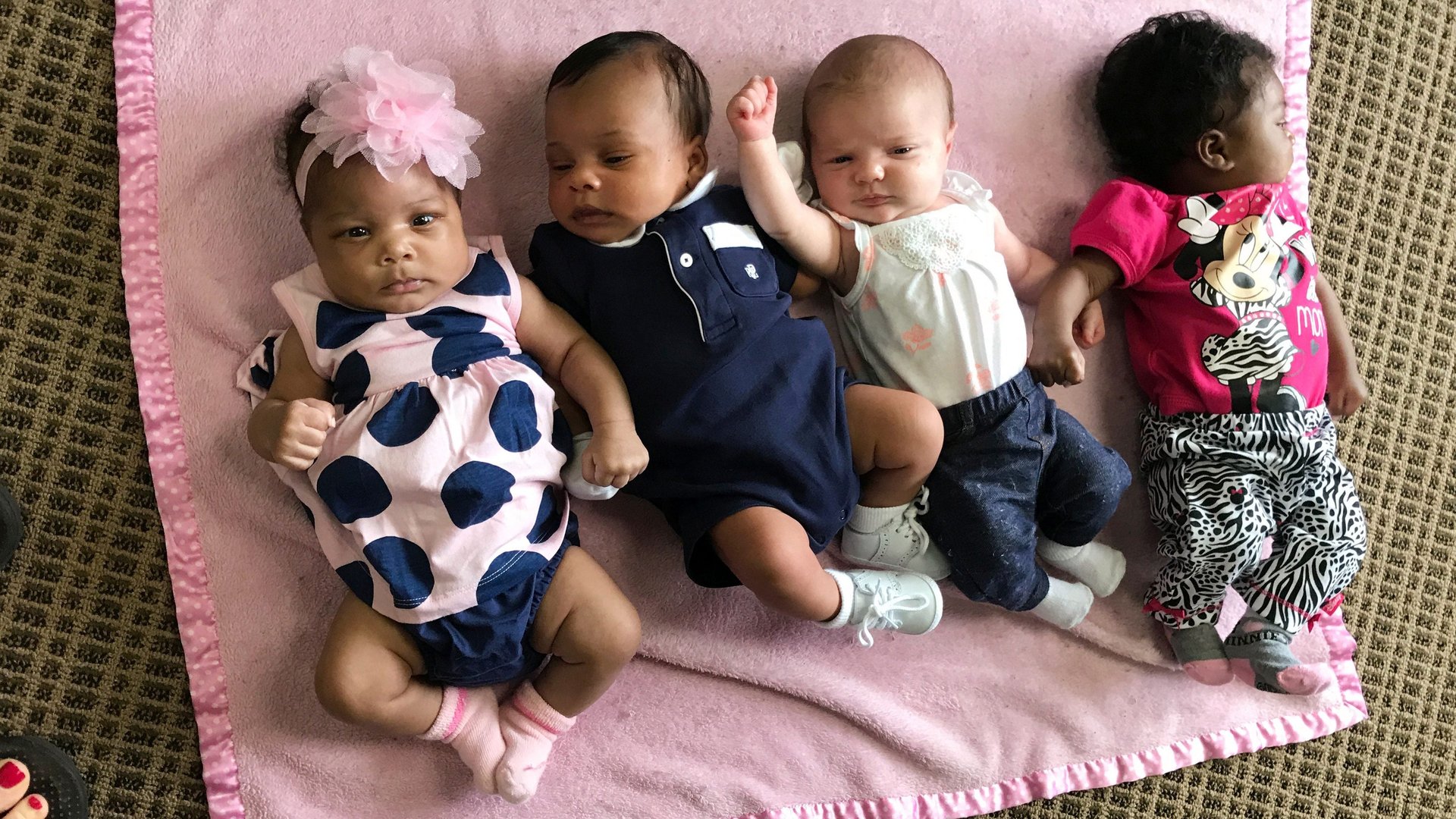America’s gender-fluid future, in 100 years of baby name trends
In 1910, just 5% of American babies named “Charlie” were girls. Over 100 years later, girl Charlies took over their male counterparts for the first time in 2016—making up 51% of the share.


In 1910, just 5% of American babies named “Charlie” were girls. Over 100 years later, girl Charlies took over their male counterparts for the first time in 2016—making up 51% of the share.
With little fuss or fanfare, Charlie has gone gender-neutral.
Quartz analyzed the Social Security Administration’s public data on baby names to find out whether what happened with “Charlie” is an exception, or part of a wider trend. Our results show that, on average, the country is slowly moving toward using more gender-neutral names. And a few popular names are leading the way.
To analyze the trend, we calculated a “genderedness score” for every American baby name—and for the country on the whole. The score goes from zero to one. A zero means a name is perfectly non-gendered. That is to say, exactly half of the babies with that name are boys, and the other half are girls. A one, meanwhile, means the name is used exclusively for one gender. So a lower score means a name is more gender-neutral, and less biased.
American parents have long had a strong preference for gendered names. The overall genderedness score was 0.97 in 1920, meaning nearly every kid had a name that was used almost exclusively for just boys or just girls. The score is falling, though. It hit 0.946 in 2016, the most recent year the SSA has name data for. The 1920 score is close to the historical average for names like “Billy,” “Selma,” and “Otis.” Names around the new—less gender-specific—number include “Jerry,” “Aden,” and “Orion.”
Several popular names, Charlie among them, are driving this trend. No girls named “Blake” show up in the data at all until 1951. But today, one-quarter of American Blakes are female. And it’s not just boys’ names being given to girls, either. “Marion,” for example, has seen a major shift from girls to boys.
Many other popular names from the 2016 dataset are also gender-neutral, including “Finley,” “Justice,” and “Armani.” Here are the least-gendered 20, only including those with more than 500 babies with that name.
At the same time, some names are becoming more gendered. “Ashton” has gone from being pretty equal to primarily a boys’ name. “Harper” used to be more common for boys, but is now over 97% girls. And the most popular names from 2016 score high on the genderedness scale—Emma and Olivia at 0.99, and Scarlett and Victoria at 1.00, without a single boy.
Given that the average is moving the other way, though, it seems these mono-gendered choices are slowly becoming less popular. Gender-neutral options like Parker, Jordan, and Riley were among the top 100 in 2016.
The names data illustrates just how fluid the culture around gender can be. In 1910, naming your girl “Charlie” would have made you an eccentric in the US. These days, female Charlies are ahead in the count.